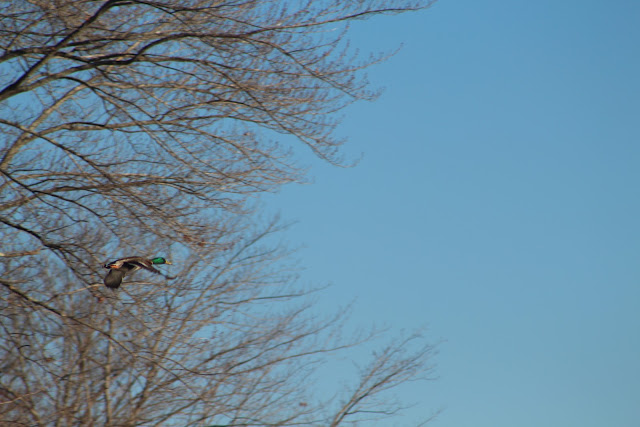New England weather sure does keep one agile. One day you're out kayaking, watching mink in the warm sun and two days later you're shoveling snow. Well, maybe not shoveling, but at least brushing it off your car.
The day before it was cold and clear; from the south end of Lake Wicwas I could see that it had already snowed in the mountains to the north of the lake.
 |
| Sandwich Dome in the center and Whiteface snow-covered on the right |
Snowflakes that form in the warmer weather don't have the symmetrical shapes of the classic Christmas card image, but rather take on a more rounded appearance due to their partial melting and refreezing on their trip to the ground.
 |
| Snow crystals melted and re-frozen and all balled up together |
It has been cold enough for the beaver ponds to start to freeze up as well.
 |
| Beaver Pond in the Hamlin Conservation Area |
And there has been a little ice on the lake in some sheltered marshes, with the storm spreading frosting on the beaver lodges.
There is no ice forming on the lake itself yet, so we're in that narrow window when snow on the land stands out against the open, reflecting water.
But around here we could be back to 60 degrees any day so we are on guard to recall the bird feeder at a moments notice to stay ahead of the bears, who are just as agile as the New England weather!
















































